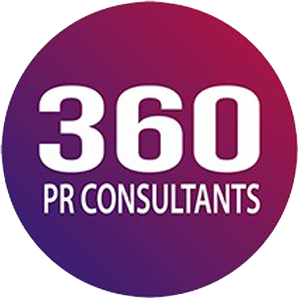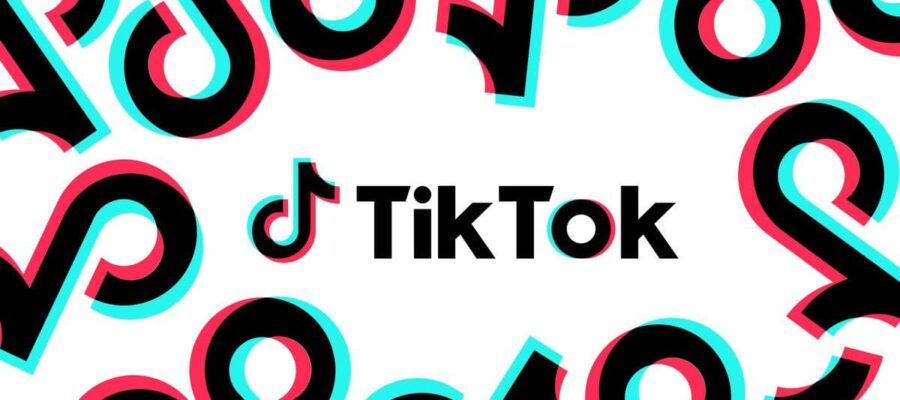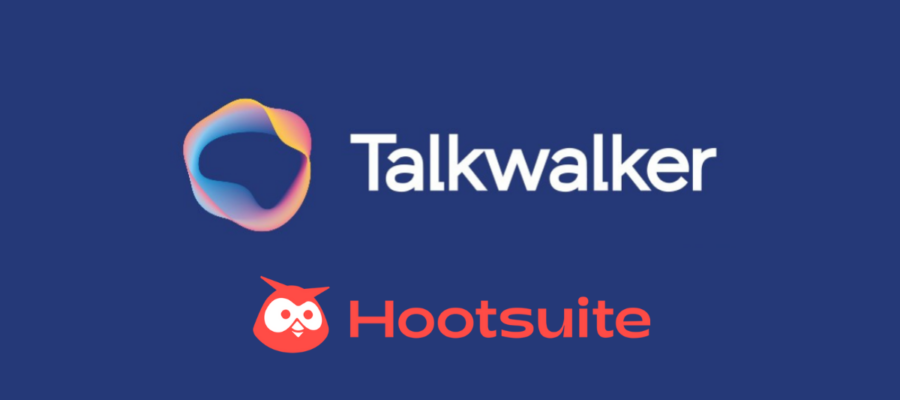
Marketing Strategies during Christmas Holiday Season: Everything you need to know
01/11/2022
Digital Transformation: What is it and why is beneficial for businesses;
03/11/2022LinkedIn is one of the most popular online platforms that provides professional networking and career development. Like any other social network, LinkedIn relies on an algorithm. Algorithms are designed to send information content to their users. The latest LinkedIn algorithm update can help your business or professional account to make a difference, and also make your posts be seen by the right people.
The new algorithm has changed the way any kind of content is ranked in people’s feeds. Users now have control over their feeds, and they can manage and block which categories and posts are being displayed on their feeds.
LinkedIn’s new algorithm feature gives you the option to view content from thought leaders, industry experts, and creators. The new updates are created to offer a more personal experience to users, while at the same time it offering the opportunity to create meaningful conversations and interact with other users.
New controls:
LinkedIn aims to improve user satisfaction. As a professional social network, it has to provide users with reliability and security. LinkedIn added a feature to identify any abuses or spam and punish them.
The LinkedIn algorithm can decide if your post is spam or genuine content, it measures various factors and predicts if your post or content is useful and relevant to your audience. This new feature can organize content into three categories: spam, low-quality content, and high-quality content.
How Does the new LinkedIn Algorithm Work?
It has implemented a process for content distribution across its network. The aim is to reduce the chances of spam or inappropriate content. This is an integral part of wanting to use LinkedIn as a channel for marketing content.
LinkedIn will determine if your post is added to the “clear” category in order to avoid any spam. After checking your post’s credibility, it will also determine its usefulness and relevance and decide accordingly what to do with your post.
Here’s how LinkedIn will determine where your post belongs:
At first, the algorithm will place your post in three different categories:
- Spam
- Low-quality content
- High-quality content
Spam:
Bad grammar or too much information, including links in your post will be considered as spam. Avoid posting regularly, choose which times are best to post, and avoid tagging too many people.
Low quality:
You need to make your posts look attractive and clear. If the message of your content is clear is fine but if your message is messy and misunderstood, the algorithm will place it under the low-quality umbrella.
High Quality:
Content with meaningful and educational information will be considered high quality. The post needs to be easy to read, encouraging answers and conversation to the post include three or fewer hashtags, it also needs to contain strong keywords and correct grammar and spelling. Likewise, have in mind to tag people who are most likely to react and respond to your post.
How can marketers adapt to the new algorithm:
Engagement: Marketeers need to emphasize creating an interactive engagement with the users, and make questions or post-challenge posts. Develop all your best practices for peak attendance.
Content: Your content needs to be engaging and fall under the category of high quality. If your post delivers compelling content, then the algorithm will send your content automatically to a wider audience.
Get closer to the viewer: The closer you are to the viewer, the more likely they are to see your content. LinkedIn will reach out to people you are currently working with or have worked with in the past.
Create interest: Your subject needs to create interest, and then the new feature algorithm will determine the user’s interests based on their groups, pages, hashtags, and people they interact with. Your post topics need to align with the user’s interest.
Connection: The connection between your post and other users depends on their past behaviors and what they have done with your past posts. Again, create content that will generate conversation, and a lot of people will want to join in.
Scheduling: Is better to schedule your post when your followers are normally online, in that way your posts will receive maximum exposure. The best time to post on LinkedIn is usually early in the morning around 9:00 am on Tuesdays or Wednesdays. If you want to increase your engagement you have to increase the number of followers who are most likely to see them too.
How to do that:
Always tag relevant companies and members, use strong key works and work strategically with useful and relevant tags. You can also use branded hashtags, or create a worth-following tag so the new algorithm could show up to the hashtag’s followers.
Find more information here: http://bit.ly/2BPQn38
For more information contact us at: [email protected]





